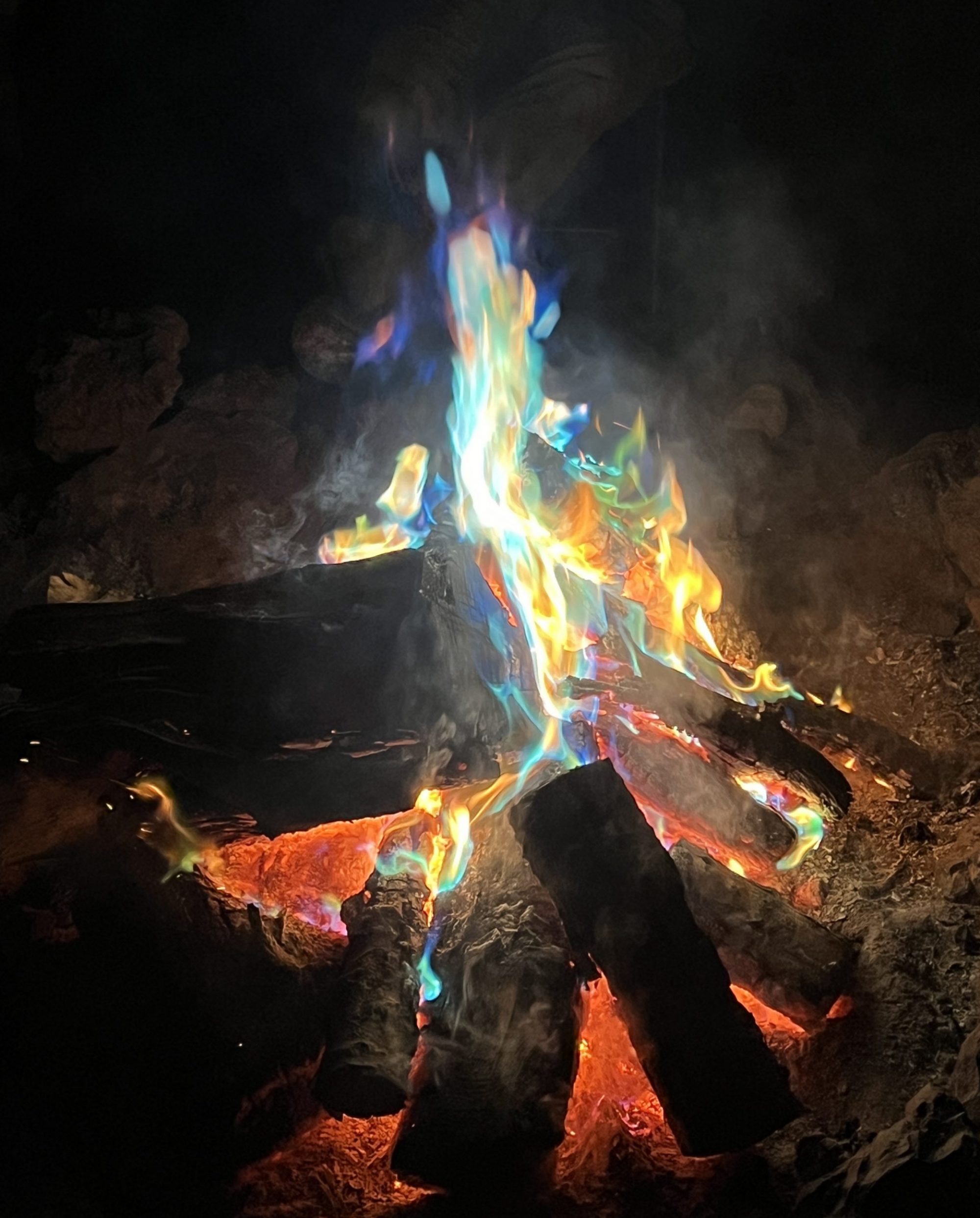There are some days when I absolutely refuse to turn the oven on. No matter how bad my cookie craving gets, that oven is staying off. The windows are staying shut. My sweet tooth must be satiated another way.
These little, inconspicuous oat, seed, honey and dried fruit balls may look like something you’d find on the trail in a pile, but I guarantee they’re far more tasty than their look-alike. The crunchy, chewy chocolate balanced by the right amount of salt does it for me no matter how hot it gets outside.
Thanks to global climate chaos fueled by our love of fossil fuels, you may have noticed a significantly less pleasant, more frequent heat wave in your neighborhood. In ours, here in Cascadia, it’s much warmer and more humid than it usually is. While my plants are loving it, the forests are being challenged by higher melting rates of our glaciers. The salmon struggle home in the too warm waters. The seasonal creeks dry up faster and faster. The forest fires rage more and more frequently. Mt. Hood and Mt. Adams appear more exposed with each passing year – their bare stone chests no longer covered in white glacial robes. And I contemplate all these things as I sit on my front porch eating trail truffles made with cacao from a continent away, thanks to fossil fuels.
So quick and easy to make as long as you have a food processor, you’ll turn to these every time you find yourself saying “It’s TOO DAMN HOT to be turning the oven on!”
I’m going to give you my base recipe so that you can turn whatever ingredients you have on hand into your unique variety of trail truffles. The recipe is in parts, so figure out how many you want. 1/4 Cup per part works out to about 25 truffles). I work in parts so that the recipe is flexible for big or small groups. If you need a refresher on conversions, here’s this handy dandy conversion chart.
TRAIL TRUFFLES
10 parts rolled grain (quick or regular oats are my go-to but rolled barley, rye, etc are all useable in this recipe. For a paleo version, consider going out and collecting plantain seeds, dock seeds in the hull, or cattail fluff)
6 parts seeds and or nuts (pumpkin seeds, sunflower seeds, sesame seeds, chia seeds, flax seeds, pine nuts, peanuts, walnuts, almonds, etc..sunflower seeds are my go-to but that’s because I’m a BOB, baller on a budget)
2 parts dried fruit (cherries, plums, apricots, apple, peaches, nectarines, grapes, currants, etc. Grapes are the BOB option, unless you’re drying fruit at home)
2 parts nut butter (peanut, almond, or the almond coconut stuff I find on sale at Grocery Outlet for all you BOBs out there)
2 parts honey (don’t get stingy with the honey quality, not all honeys are made out of 100% honey so support your local beekeeper and buy your honey locally)
1 part molasses (other options include agave syrup, brown rice syrup, maple syrup, etc…)
1 part cacao (also don’t skimp on quality, fair trade cacao. no cacao is worth the price of child labor and slavery)
salt to taste, for balancing the sweetness
For an iron rich version, go with cacao, molasses, sunflower seed and cherry. For a digestive mover, go with plum and pumpkin seed. The variations are endless.
Add all of these ingredients in the food processor, with the sticky stuff being added last. Process thoroughly and adjust the honey so that the mixture sticks together once pressed. The mixture won’t necessarily come together in the food processer but stop and check for texture, sweet & salt balance, and stickiness.
Once the dough is coming together without totally crumbling under a litle pressure, you’re good to roll. If the dough is too sticky, add more rolled grain or wild seeds (see paleo modification) and keep grinding.
Shoot for a ball size somewhere between a marble and a chocolate truffle. Store in a closed container in the fridge for a cool summertime snack that both invigorates with its boost of nutrients and satiates that sweet tooth in a pretty darn healthy way. They can be stored on the counter, too, or taken on hikes, potlucks and picnics with ease.
If you try this recipe, please let me know if the ratios worked for you and whether the instructions made sense.
